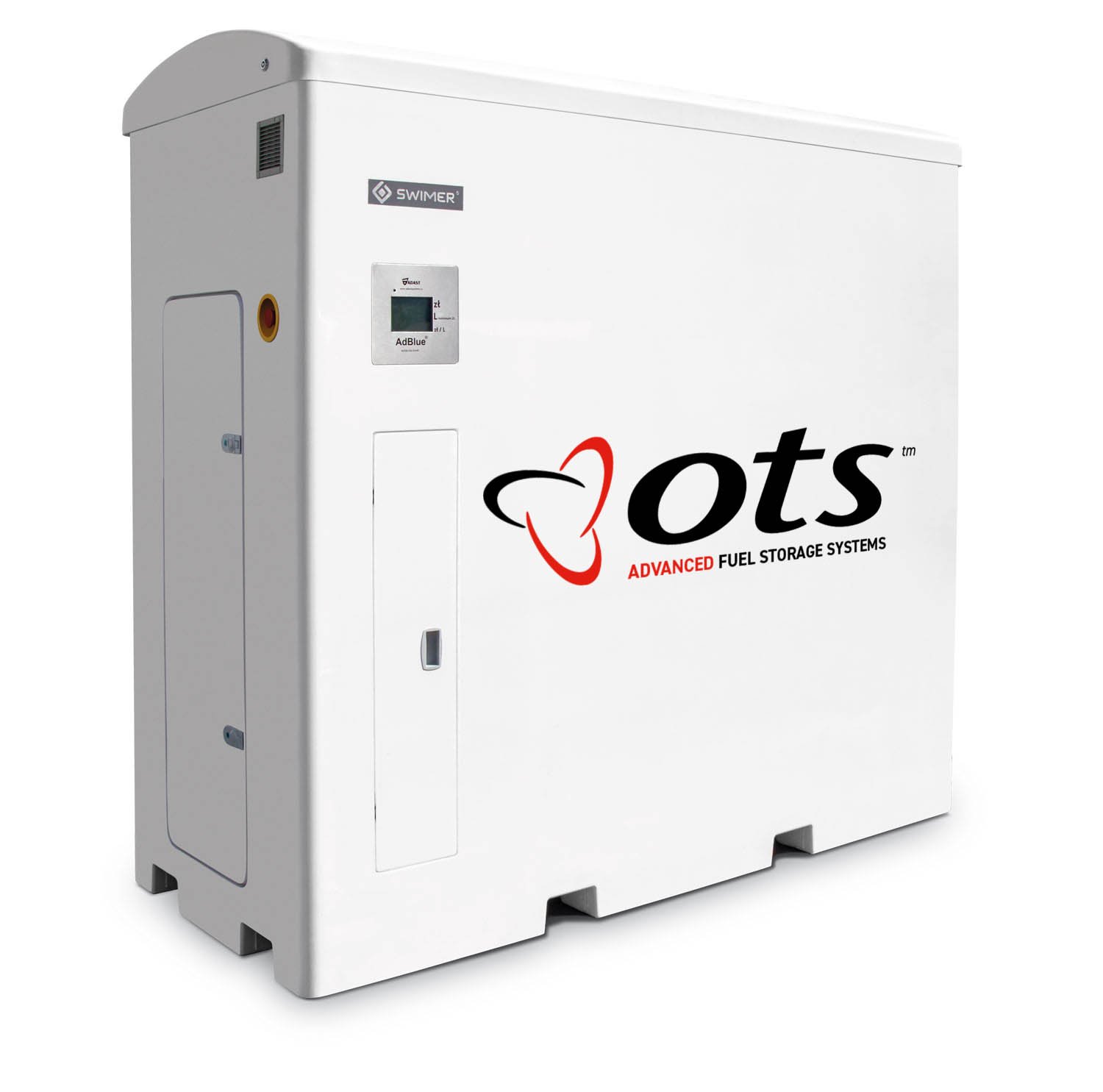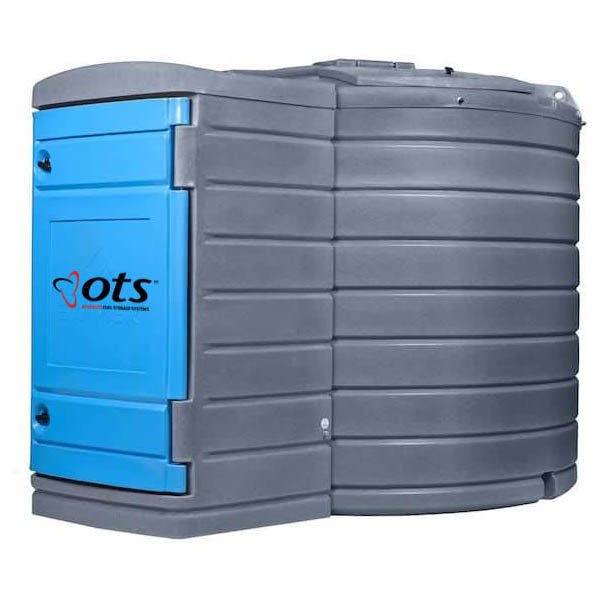OTS Group’s BSSM plan for AdBlue® Storage
Fend off possible shortages with OTS Group’s BSSM plan for storing AdBlue®.
AdBlue® isn’t difficult to store, but it’s important to ensure that it is stored correctly: It is corrosive to some materials such as copper and its alloys, and is very polluting to surface and groundwater. In addition, contaminated AdBlue® can cause costly damage to vehicles and equipment.
So, how should you store it?
There are currently no AdBlue® storage regulations in the UK, however, the Environmental Agency has issued storage guidelines and they can issue a notice enforcing appropriate improvements under the Anti-Pollution Works Regulations if they believe that your storage set up poses a significant environmental risk.
The Environmental Agency guidelines state that you should make sure that:
your container, pipework and dispenser equipment are suitable for use with urea;
you have secondary containment for the container and ancillary equipment;
the dispensing area drainage is isolated from surface water drains;
you have a trigger nozzle with an auto shutoff to dispense AdBlue®. Make sure that the nozzle can not be left in the open position;
you have appropriate emergency equipment to deal with large and small spills. For example, you could use proprietary spill kits, drain mats, pipe blockers, or permanent valves on drainage systems to provide containment; and
you have an emergency plan and suitable training for dealing with spillages or other accidents
For peace of mind, follow the OTS BSSM plan for storing AdBlue®:
BUNDED: Use double-skinned (bunded) tanks
SPECIFIC: Use a tank that is compliant with manufacturing standards. AdBlue® should always be stored in a tank which has been specially designed for the task (compliant with ISO 22241, DIBT, BS EN ISO 9001:2008). This will give you peace of mind, keep fleets on the road, and future-proof your business as legislation around environmental pollution and emissions continues to tighten.
STABLE: AdBlue® should be stored between 0-30C. With a freeze point of -11C, it’s important to use a tank that is built to withstand extremes of temperature in cold climates and to shield your tanks from direct sunlight to avoid overheating.
MANAGED: it’s important to keep your storage system well-maintained. Selective Catalytic Reduction systems can be extremely vulnerable to contaminants, which can lead to expensive vehicle repair costs. We suggest getting professional advice when setting up your storage system as well as using an in-tank monitoring system to stay on top of stocks and quality control. Here is a maintenance plan that we suggest using:
Put equipment back in original position after each use
Inspect gauges every week
Inspect exterior of tank, outlet and pipework every month
Check bund alarm, electrical cables and warning labels every 3 months
Check filter every 3 months & replace if necessary
Check fixings and inner tanks and bund cavity every 6 months
If you would like help with your AdBlue® storage or are interested in buying a new fuel storage system, please get in touch.



